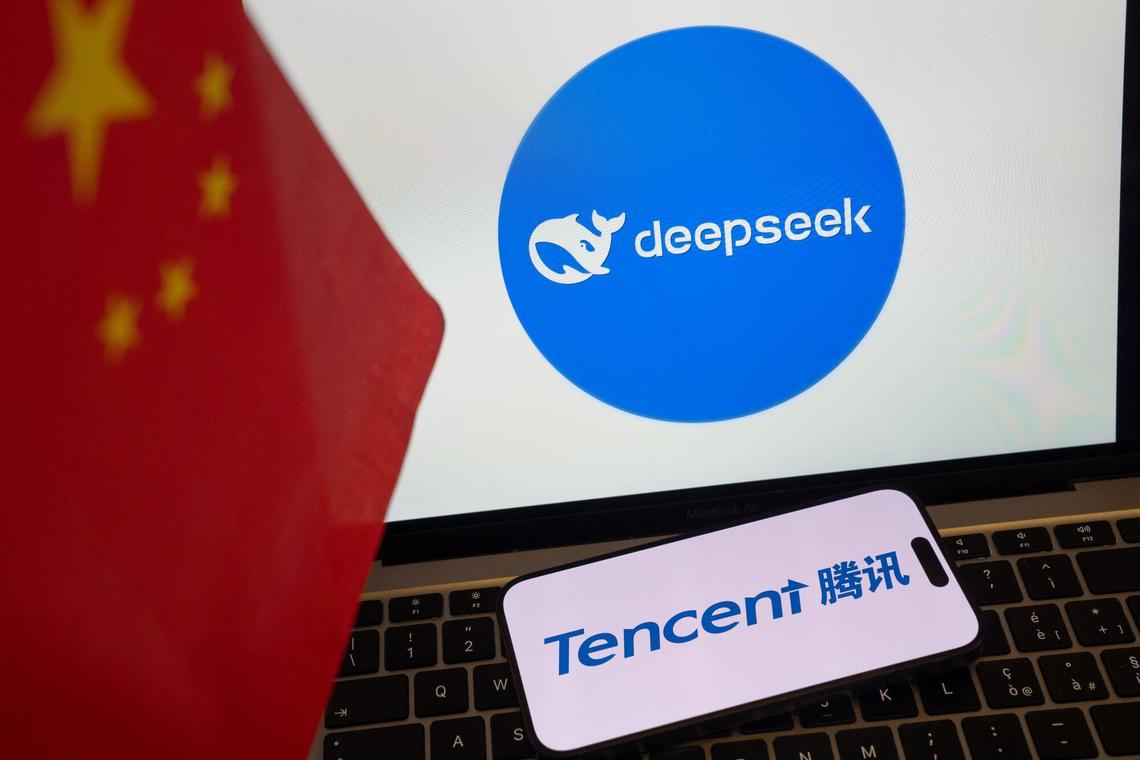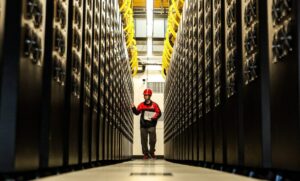DeepSeek Unveils Projected 545% Profit Margins for Its AI Models

DeepSeek’s Groundbreaking AI Profit Margins
Introduction to DeepSeek
DeepSeek, a Chinese artificial intelligence start-up, has been making waves since its inception 20 months ago. On March 1, the company disclosed fascinating financial insights, hinting at a theoretical profit margin that could exceed five times its operational costs. This revelation adds some clarity to the often secretive financial landscapes of the AI industry.
Impressive Profit Margins
DeepSeek reported a staggering profit margin of 545 percent from its V3 and R1 models based on their performance in a 24-hour period on the last day of February. Such high margins are intriguing as they highlight the economic potential of AI technology.
What is Inferencing?
Inferencing is a crucial aspect of AI functioning, involving the computational resources needed to make models operate in real-time. This includes factors like computing power, electricity usage, data storage, and other necessary resources.
Reality Check on Revenue
Despite the impressive figures, DeepSeek clarified that its actual revenues are much lower. This discrepancy arises from several factors:
- Limited Monetization: A small portion of the services offered by DeepSeek is currently being monetized.
- Discounts During Off-Peak Hours: The company provides price reductions when demand is lower, which also affects overall revenue.
- R&D and Training Costs: The reported cost margins do not include significant expenses related to research and development as well as training for their AI models.
Given these considerations, the highlighted profit margins are more theoretical than practical.
The Broader Context of AI Profitability
The financial viability of AI start-ups, including companies like OpenAI and Anthropic PBC, is a pressing topic among tech investors. These firms are exploring various revenue models, such as:
- Subscription-based Services: Charging users a recurring fee for access to AI services.
- Usage Charges: Billing clients based on how much they utilize the AI system.
- Licensing Fees: Collecting fees for the right to use their technology.
However, investors have shown skepticism regarding these business models, raising questions about the realistic prospects of achieving profitability in the near future.
DeepSeek’s Operational Innovations
DeepSeek shared interesting operational details that contribute to its cost efficiency. The company emphasized its strategies, which include:
- Optimizing Computing Power: Balancing the workload among multiple servers and data centers to enhance efficiency.
- Data Processing Innovations: Improving the amount of data processed by their AI model within a specific time frame.
- Latency Management: Minimizing the wait time for users between submitting queries and receiving responses.
Contrasting Approaches in the AI Industry
In a departure from traditional practices, DeepSeek has adopted an open-source approach to AI, which contrasts sharply with the proprietary models of major American competitors like OpenAI. This innovative sharing of insights and data is attracting attention and could inspire similar moves in the industry.
The decisions made by firms navigating the AI landscape will play a critical role in shaping the future of technology. As the profitability of these companies comes under scrutiny, DeepSeek’s revelations could potentially set a precedent for greater transparency in the financial workings of AI enterprises.






